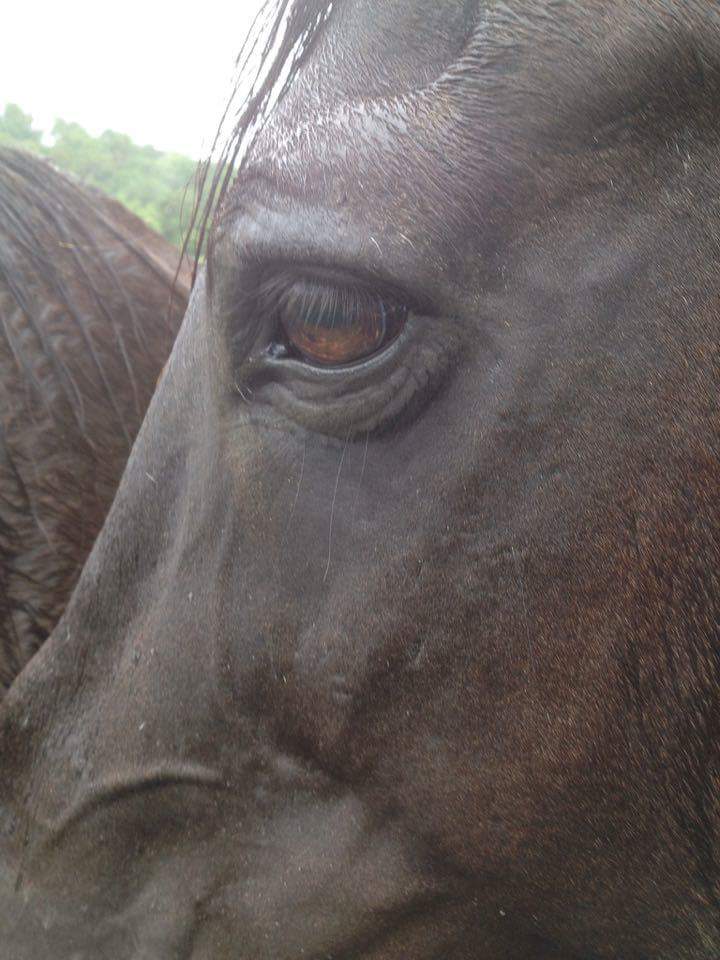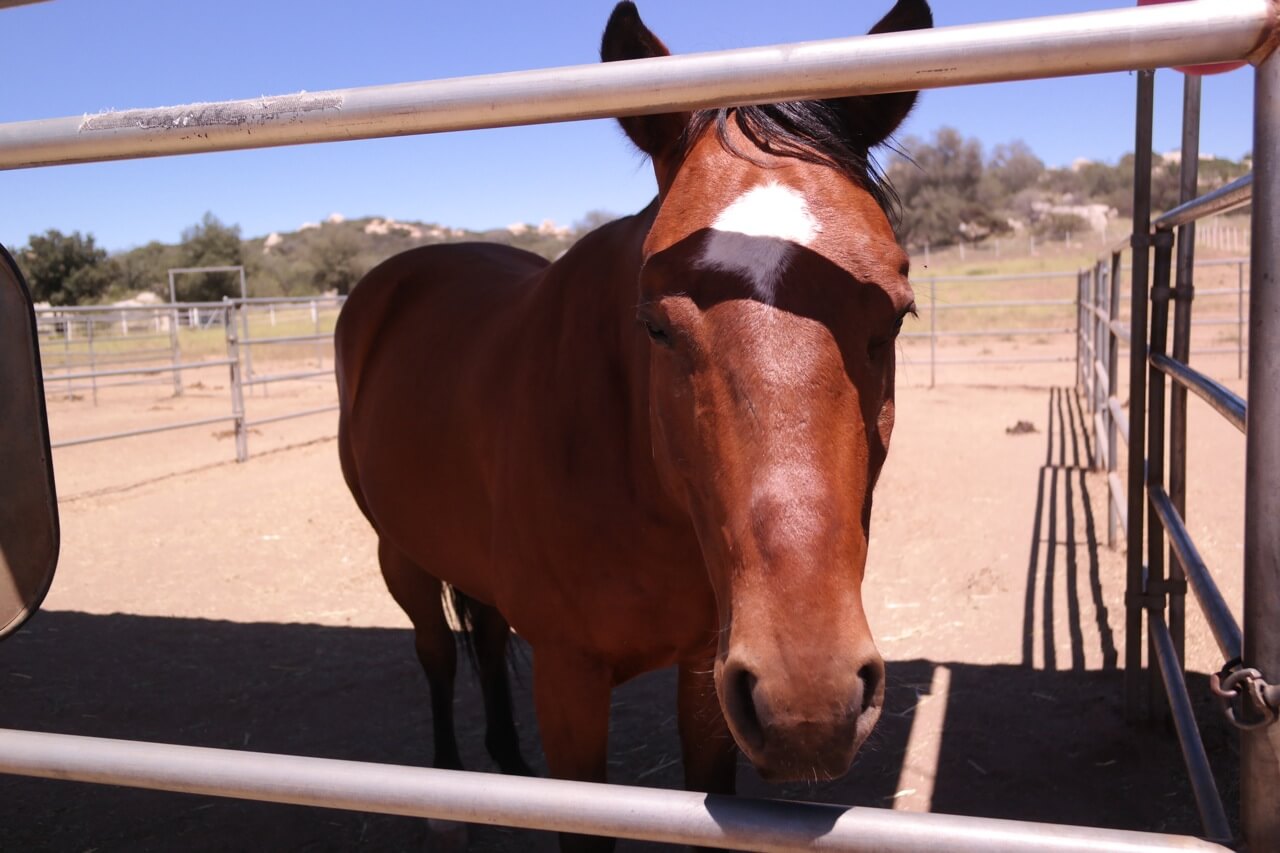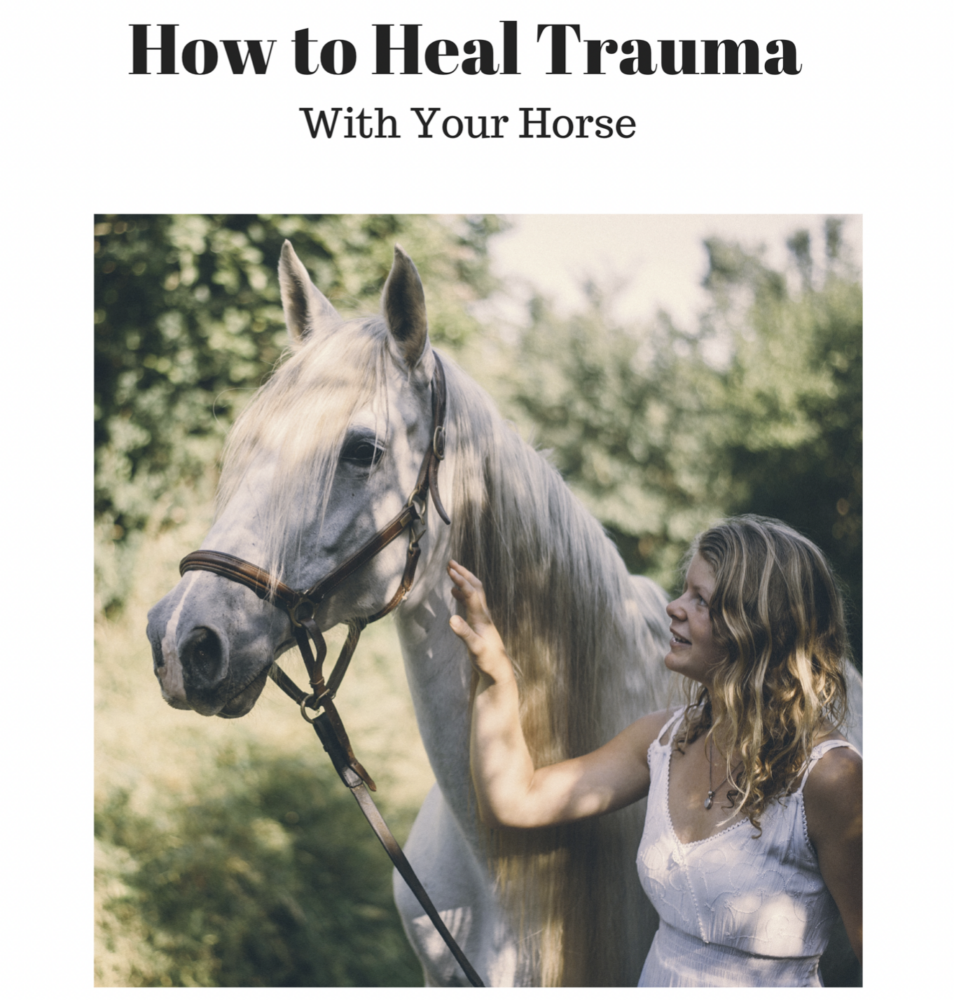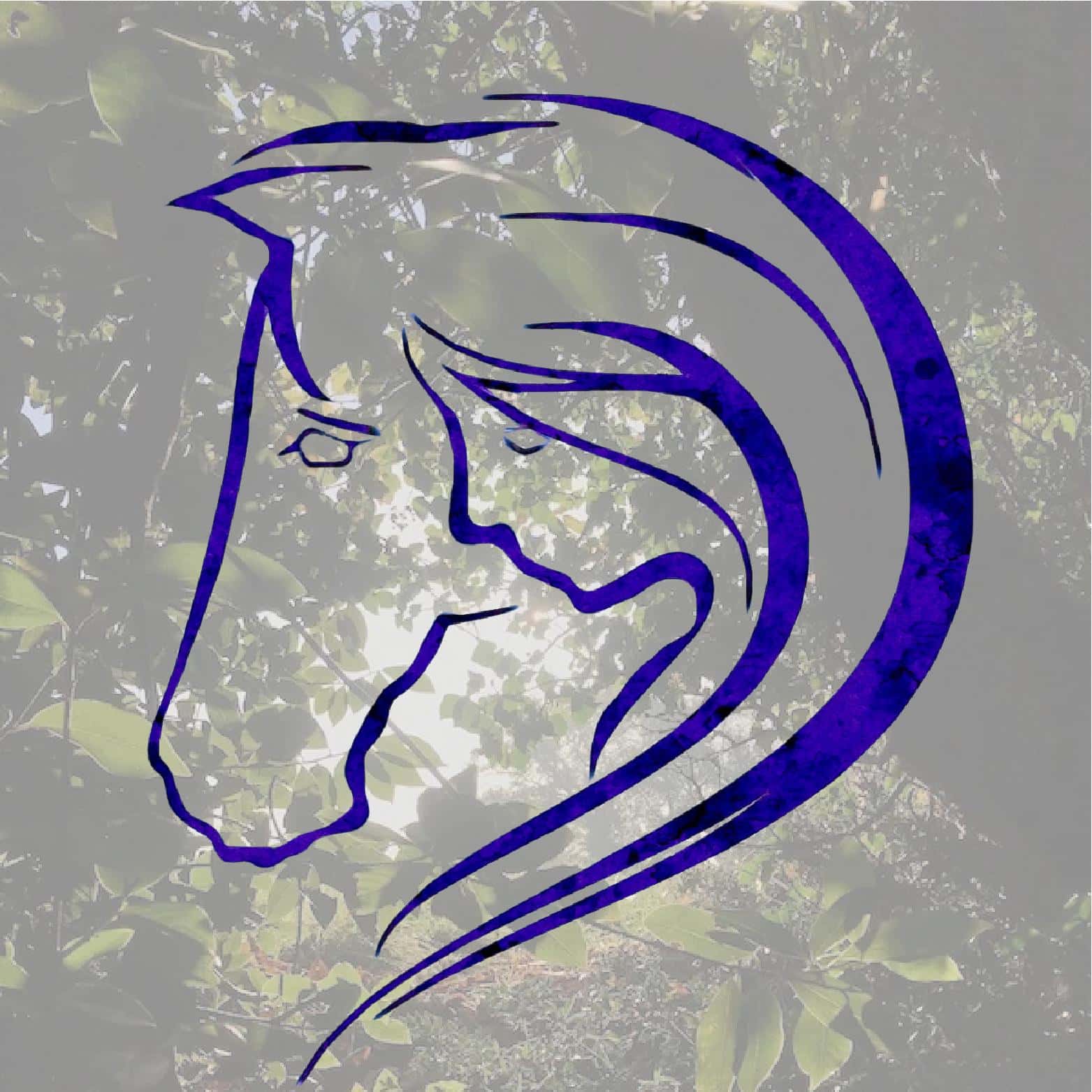It is only really possible to discover the difference between a shut down horse and a connected one when your own agenda can take a back seat. That will always be a work in progress for most of us, because it is normal to have an agenda, and it isn’t inappropriate to have one. The issues usually arise when the human agenda conflicts with the horse agenda, and that happens fairly regularly in a horse-human partnership. Even for those who prefer to avoid riding or training.

Conflicts tend to arise because we see the world differently from each other. It is difficult for people to imagine a different perspective from their own, and we can’t really know how the world looks and feels to horses.
We can only follow the signs they give us and attempt to understand them without saturating them too deeply in rational thought.
Why Conflicts Arise
There are often straightforward reasons why horses choose not to cooperate. For example when trimming a horse’s feet:
- When what we are asking is making the horse less comfortable.
Trimming a horse’s foot necessitates that they put more weight on the other foot. That might be uncomfortable, and the horse will indicate that by attempting to take their foot back or refusing to lift it up at all.
- Not taking into account that horse’s are prey animals.
Asking them to allow their feet to be held up is to surrender their ability to run away. That is a big deal for a non shut down horse. It requires genuine trust.
How Horses Respond to Perceived Threat
When a horse senses danger their sympathetic nervous system responds in what is called the fight or flight reaction. Their body does everything it can in those moments to ready the horse to fight or to flee. Horses tend to run because they are prey animals, and their physiological preparation for that is phenomenal.
It might take a while, or it might be instantaneous, but if the horse realises that they cannot escape and that there is no hope of survival, their parasympathetic nervous system is able to kick in and dissociate them from the situation. An effect similar to sedation, where the horse is no longer able to feel pain or suffer the anguish of terror.
This is exactly what can happen to a mouse caught by a cat. There are different degrees of freeze response. For reasons not wholly understood, but thought to be related to recovery from the freeze state, the central nervous system does not always fully recuperate and later on post traumatic stress disorder can result. PTSD is when a trigger, and not a real danger, can initiate the same freeze response. It can become debilitating because such triggers can occur at any time in any place.
The Trauma Connection
I began to understand the difference between a shut-down horse and an normal one when I started to learn about post traumatic stress disorder in myself. In addressing my own healing I was better able to observe the signs in others.
I had experienced a serious car accident, which didn’t result in apparent physical injuries at the time. It was only during the course of training to become a Craniosacral Therapist that I started to understand that my own system was ‘shut down’. It was only when the other participants in the class had problems sensing anything happening energetically in me that I began to realise there was even a problem.
I started seeing a therapist with experience in trauma work, not because I knew that’s what the block was about, it was just synchronicity at the time. It took four years to unwind the layers and lift the freeze state from my central nervous system. Then it took at least another ten to add it all together with what happens to horses.
Causes of Trauma
The ways in which we traumatise horses are widely accepted in equestrian society, for example:
- Natural horsemanship ’round-pen’ techniques which allow the horse no escape until the state of hopelessness (dissociation/freeze) is achieved.
- Insisting horses to go onto lorries or into trailers when they are frightened.
- Forcing them to have their feet trimmed by holding on until they accept it and stand.
- Making them go forward under saddle with spurs and other devices and making them stop with bits and tight nose-bands.
Basically any form of force can and often does initiate the freeze response in a horse.
What difference does it make when a horse is shut-down? It might seem like a subtle change for some people, especially when the goal with a horse is about doing and not being, but when you become aware of a horse’s true nature, the difference is everything.
Recognising Dissociation
Shut-down horses have no personality, no opinions and dim inner light. When they become stressed however, which might happen at any time, they are difficult to reach without yet more force to dissociate them again.
They will become panicky and unstable, ignoring everything around them yet responding to some unseen horror from their past. What we often don’t realise when we are working with horses is that we put them in hopeless situations all the time.

That is not a coincidence either, we do it on purpose because we believe it is the only way we can control an animal several times larger and stronger than ourselves. We render them hopeless through various means until they ‘give in’, which is actually not acceptance or bending to our will, it is putting them into a dissociated state. If we do that repeatedly we can be responsible for ‘shutting a horse down’ entirely. Unfortunately few people are aware of what is happening. They see a horse ‘cooperating’ and they assume all is well.
Healing A Shut Down Horse

How to heal Trauma With Your Horse will help you to address and acknowledge the deeper issues between you.
Over time your options will feel less limited as you discover how to introduce new challenges from a more present state of being.
Most importantly it is inspiring and fun to slow down and really listen to what you horse is telling you.
Can shut-down horses open up again? They certainly can. It is a process which requires increased consciousness on many different levels, including management, training and therapy. The most powerful healing for any trauma is becoming present oneself and bringing that to your horse. Being able to be in even one moment, where you can truly listen to the horse and allow them to find themselves can resolve years of dissociation.

Thanks, Trena Tucker for happyhorsehappyhuman.com